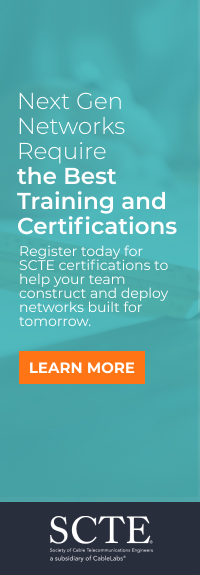News Center
FCC Adopts Auto Safety Spectrum RulesFCC Adopts ‘C-V2X’ Auto Safety Spectrum RulesAgency Finalizes Regulatory Transition of Intelligent Transportation Systems to Cellular-Vehicle-To-Everything Technology in the 5.9 GHz BandThe Federal Communications Commission announced that it has adopted final rules for cellular-vehicle-to-everything technology. These rules will improve transportation safety and permit more efficient mobility as this advanced communications technology is integrated into vehicles and infrastructure. C-V2X technology provides direct communications between vehicles, roadside infrastructure, and other road users such as cyclists, pedestrians, and road workers to facilitate, among other things, non-line-of-sight awareness, notice of changing driving conditions, and automated driving. “The FCC’s efforts to evolve the 5.9 GHz band are a win-win. It drives innovation in our wireless and transportation economies and can help keep us safe on our roadways when we walk, ride and drive,” said FCC Chairwoman Jessica Rosenworcel. “I thank the FCC staff, as well as federal and state partners, for their dedication to this game-changing spectrum project.” These new rules will accelerate the automotive industry and state and federal government plans for transitioning from dated technology to the more advanced C-V2X automobile safety technology. In-vehicle and roadside units will be permitted to operate C-V2X technology in the 5.9 GHz spectrum band dedicated to Intelligent Transportation Systems (ITS). For nearly a decade, Chairwoman Jessica Rosenworcel has led a bipartisan push to reconsider the best use of the 5.9 GHz band that had long been designated for automobile safety technology but had made little progress toward deployment. The Report and Order, released today after a unanimous vote by the bipartisan Commission, promotes efficient use of 30 megahertz of spectrum dedicated for ITS in the 5.9 GHz band as well as provides substantial safety benefits to the American public. It codifies C-V2X technical parameters in the Commission’s rules, including power and emission limits and message prioritization. The rules provide flexibility for the auto industry to use three 10-megahertz channels either separately or in combination as a 20-megahertz channel or as a single 30-megahertz channel. The Order permits devices that have already been authorized under C-V2X waivers to continue to be marketed and operated, and provides a timeline for sunsetting existing Dedicated Short Range Communications-based technology. Source: Federal Communications Commission media announcement | |

















